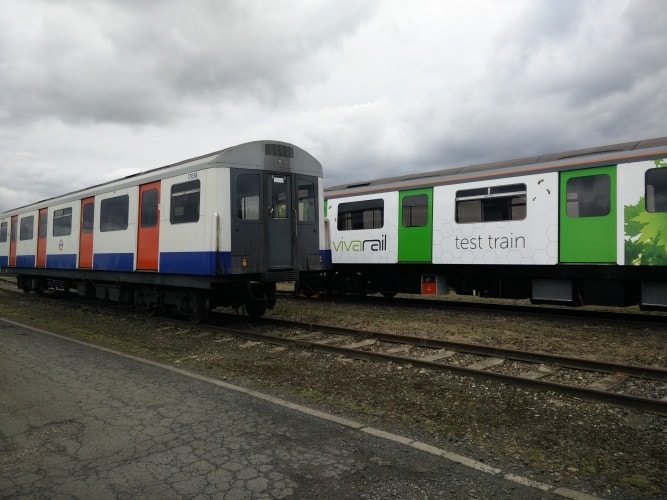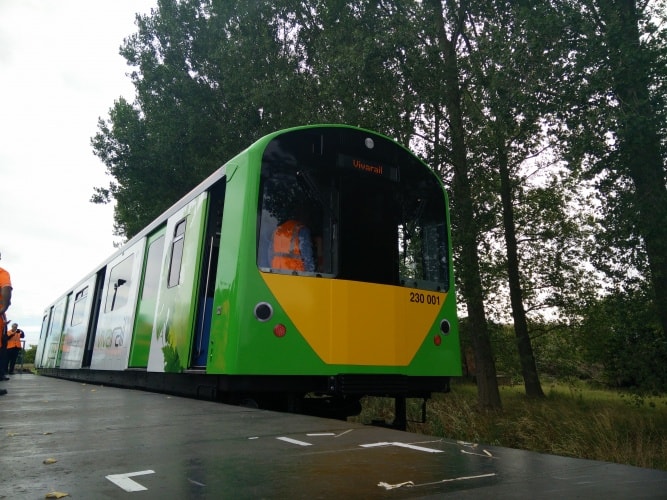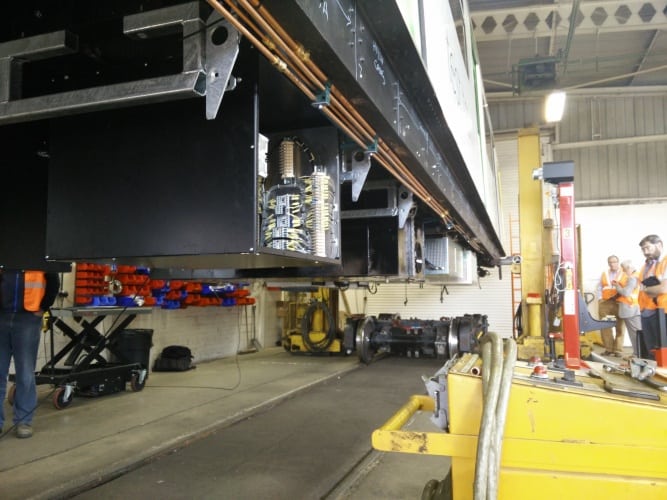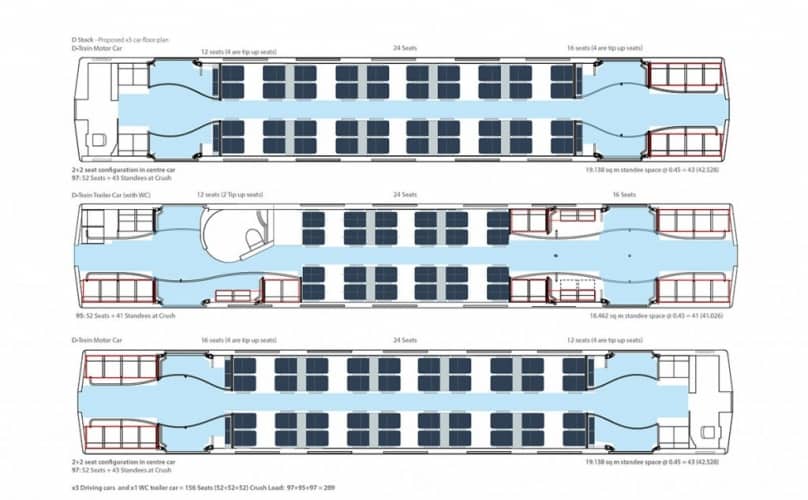Having lived in Whitechapel for the past three years, I’m perhaps more familiar than I’d like to be with the inside of a District Line train. Over the past while, London Underground has been slowly replacing the D78 Stock that has run on the line since the early 80s, upgrading to the air-conditioned S Stock already in operation on the Circle, Hammersmith & City, and Metropolitan Lines.

The new trains are undoubtedly an improvement, with increased comfort and capacity, as well as the ability to walk from one carriage to the next, allowing passengers to move to less crowded cars without exiting on to a platform. Despite this, I’m sure I won’t be the only regular passenger that will feel a twinge of sadness when the D Stock disappears completely next summer. It could be noisy and uncomfortable during rush hour, but hey, welcome to London.
Another reason to mourn the D Stock’s withdrawal is that it’s being replaced 15 years ahead of its intended lifespan, to allow for a uniform and more consistent fleet across the sub-surface part of the Tube network. Knowing that there was still plenty of life in the old dog – and recognising a shortage in supply of diesel multiple units (DMUs) - an experienced team of engineers led by Adrian Shooter set up Vivarail in 2012. Its express goal was to develop D-Train, a new type of rolling stock for regional rail repurposed from old District Line trains. In November 2014, Vivarail signed a contract with London Underground, and in January of this year it took delivery of the first D78 three-car unit.

Since then, Vivarail’s team at Quinton Rail Technology Centre (QRTC) near Stratford upon Avon have been a busy bunch. During a site visit this week, myself and several other guests took a ride on D-Train around QRTC’s 4km test track. The interior was unmistakably that of an old District Line carriage, pleasantly familiar but a little uninspiring. Vivarail will offer the carriages in a number of new configurations for different routes, with clever options for folding-bike storage and slots to hold smartphones and tablets for standing passengers.
The interior of the test track unit hadn’t been fitted out with any of this kit, but this train was there to showcase the core technology rather than the bells and whistles. D-Train has retained the bodyshells, bogies and motors of the District Line stock, but the motors are now powered by underfloor-mounted low-emission diesel engines that incorporate “stop-start” technology. The electro-mechanical control equipment has been completely replaced, and Vivarail says that the new Strukton power units will help D-Train become the first production DMU in the world to recover and re-use braking energy.

Elsewhere, the driver’s cab has been reinforced and will be equipped with the latest technology, and the entire carriage structure has been strengthened to protect against collisions at level crossings – a danger that the D78 stock wasn’t designed for. Despite all this, Vivarail estimates that D-train will offer considerable savings against both existing and new model DMUs, with lower costs across leasing, maintenance and fuel consumption.
Shooter, who has over 40 years experience in the rail industry, told us that the first D-Trains will be ready for fleet service in early 2016, before the old D78 stock is even fully retired from the Tube. It’s an astonishing turnaround, and one that demonstrates how quickly infrastructure can be repurposed with some innovative thinking and an eye for a gap in the market.

If successful, the project might inspire engineers across a range of different fields to explore how other parts of our infrastructure can be recycled and repurposed rather than sent to the scrap heap. Earlier in the week I wrote about the UK’s plans for deep underground storage of high-level nuclear waste. Several of our readers suggested that the waste could in fact be used as fuel in molten salt reactors, providing an energy solution as well as reducing a waste problem. Though the technology has yet to be fully developed, it’s another example of the thinking required in the face of dwindling resources, climate change, and budget cuts. When the diesel runs out, perhaps we’ll even see a nuclear-powered local rail service at some stage down the line.











UK Enters ‘Golden Age of Nuclear’
Too little too late! The Labour administration dithered in the noughties and then prevarication set in under successive governments. Why this whole...